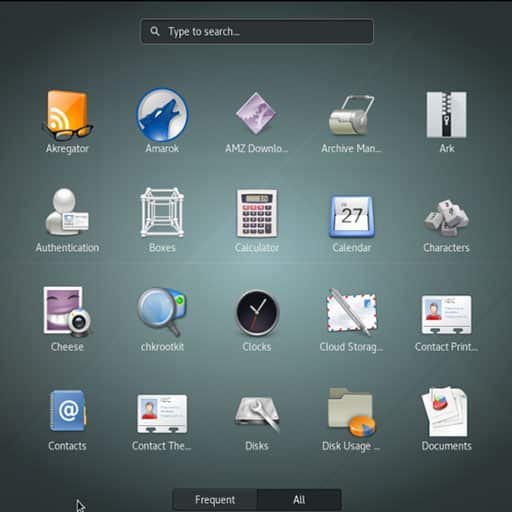
Choosing the right Linux desktop environment can greatly enhance your user experience and productivity. There are several popular desktop environments available for Linux, each with its own unique features and design philosophy. Here are some factors to consider when choosing the right interface for your needs:
1. User Interface Design: Different desktop environments have different design approaches. Some focus on simplicity and minimalism, while others prioritize customization and advanced features. Consider your preferences and the level of control you want over your desktop environment.
2. Resource Usage: Desktop environments vary in their resource requirements. If you have an older or less powerful computer, you may want to choose a lightweight desktop environment that consumes fewer system resources. On the other hand, if you have a high-end machine, you can opt for a more feature-rich and visually appealing desktop environment.
3. Customization Options: Some desktop environments offer extensive customization options, allowing you to personalize your desktop to suit your preferences. If you enjoy tweaking and customizing your desktop, look for a desktop environment that provides a wide range of customization options.
4. Software Compatibility: Consider the software you use regularly and ensure that the desktop environment you choose is compatible with your preferred applications. Most desktop environments support a wide range of software, but it’s always a good idea to double-check.
5. Community and Support: The Linux community is vast and active, and different desktop environments have their own dedicated user communities. Consider the availability of support, documentation, and online resources for the desktop environment you are interested in.
6. Familiarity: If you are new to Linux or coming from another operating system, you may want to choose a desktop environment that feels familiar and intuitive. Some desktop environments, like GNOME or KDE, have a more traditional layout similar to Windows or macOS, while others, like Xfce or LXQt, have a simpler and more lightweight design.
7. Accessibility: If you have specific accessibility needs, such as visual impairments or mobility limitations, consider a desktop environment that offers accessibility features and has a strong focus on usability for all users.
Ultimately, the choice of a Linux desktop environment is subjective and depends on your personal preferences and requirements. It’s a good idea to try out different desktop environments by installing them on a live USB or virtual machine before making a final decision.